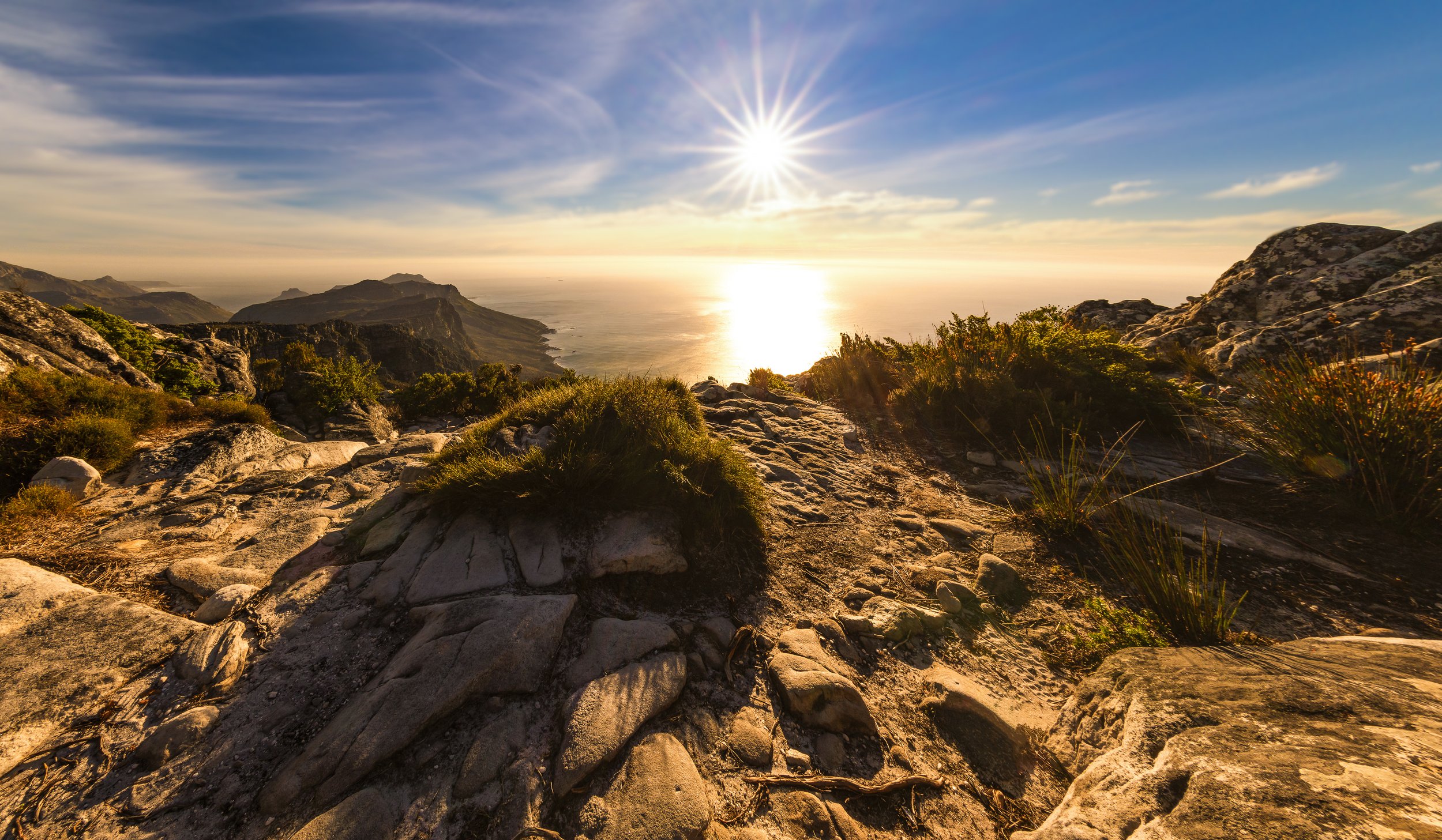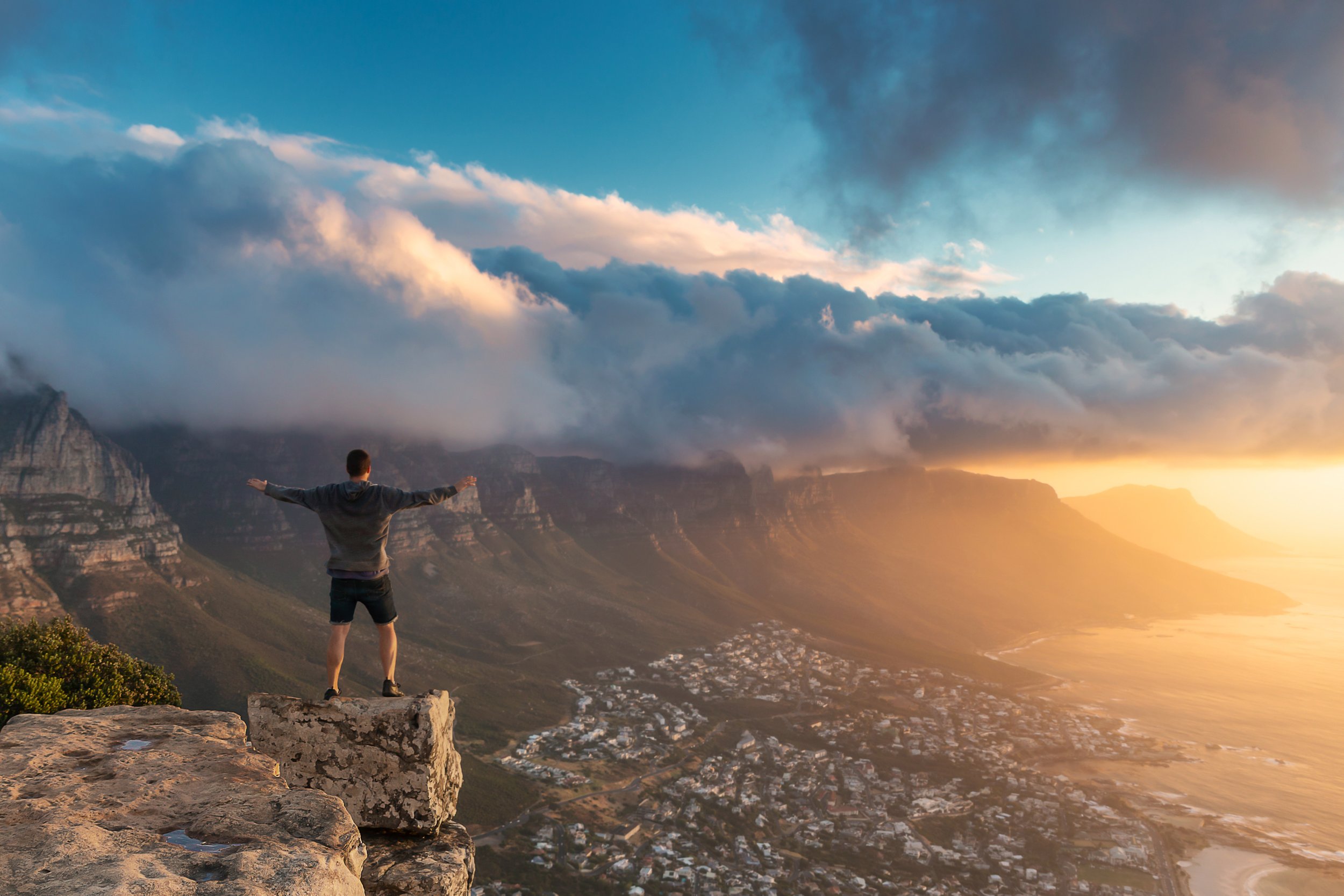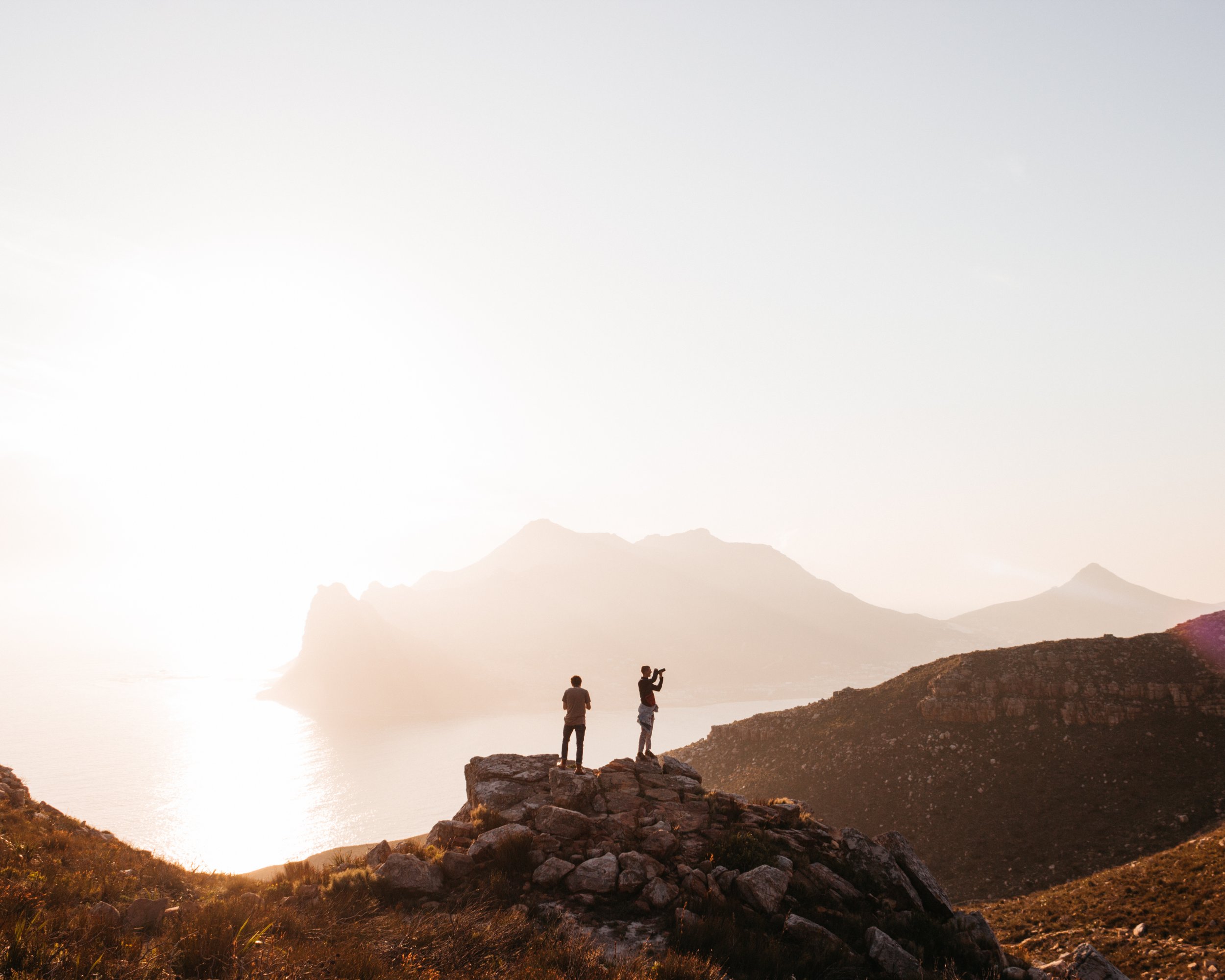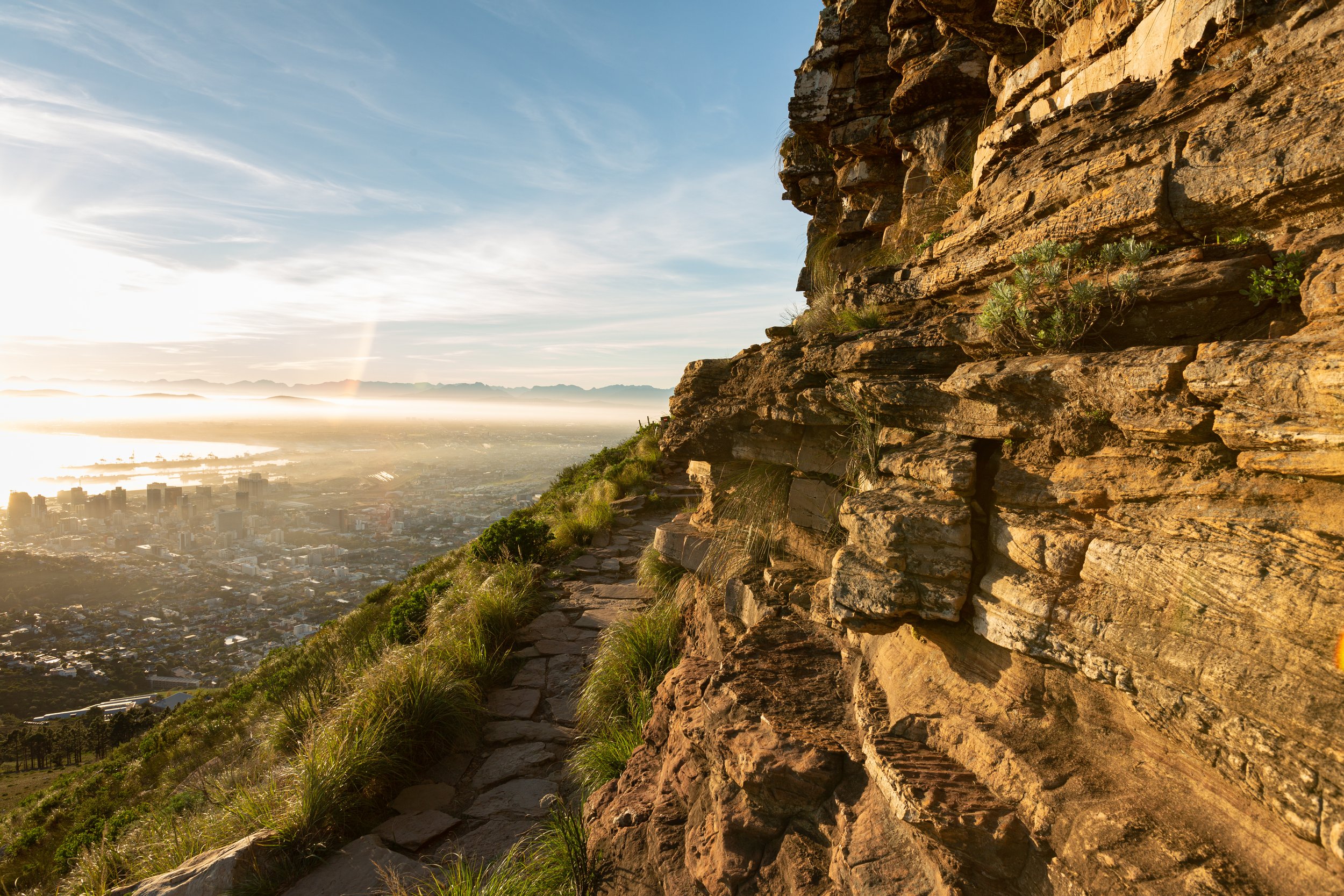Tips for Hiking in and Around Cape Town
Written by René Robinson
Welcome to Western Cape hiking 101. Cape Town is the perfect place for many, many things, but one of its main selling points are the hundreds of remarkably scenic hiking trails in the area. Our suggestion is to use the information shared in this post to guide each and every hike you do in and around Cape Town. After reading this blog post, check out our Best hiking trails in and around Cape Town to put the must-know basics we’re going to share with you to good use.
What to expect
If you consider yourself a nature lover in any capacity, we highly recommend that you give yourself the incredible experience of not only seeing the beauty of the South African Fynbos but existing in it. There is no similar feeling to witnessing the view from above a mountain while surrounded by the raw elements of nature. You can expect exactly this: breathtaking views that won’t ever leave your memory, undiscovered sights and smells, and stunning fynbos fauna and flora. If you need any more convincing, we’ll let the pictures below speak for themselves.
When in doubt, use an app
As with any adventure, it helps when you know where you’re going. Hiking is the same. Smart hikers know the route they’re going to take, the distance of the route, the intensity level, and how long it’ll take them. An easy way to get this information is through the All Trails app. With this app, you can also see the ratings of the specific route with pictures! This information is critical for planning and safety purposes. For moderate and intense routes, be sure to pack enough water and snacks to sustain you.
What you’ll need
Water is the most important thing you’ll need to bring along on any hike. Staying hydrated makes the hike much more enjoyable and safe. Having water in your backpack can always come in handy in many different situations.
You’ll need a good pair of hiking or walking shoes. You’ll often hear South Africans call them “tekkies”. This may sound obvious, but good walking shoes need a good pair of socks to accompany them. Make sure your socks are thick enough so that you avoid getting blisters. If your hiking shoes are new, you’ll have to wear them in before trying them out on the trails.
Depending on the length of your hike, it’s always a good idea to pack in a few snacks to give you a boost along the way. The best hiking snacks are energy bars, trail mix, nut butter sachets, biltong (a South African favourite—cured and dried meat that can be bought from any butcher), fresh fruit, or anything that is lightweight, easy to snack on, and will give you energy. If there are baboons in the area, keep your food in a backpack, and don’t try to feed them if they come close to you.
Lastly, make sure that you’re wearing comfortable, active clothing that is breathable and can allow your body to move around easily. If your hike starts in the morning, it may be a bit chilly, but you can wear a shorter shirt under a thin long sleeve top because temperatures will most likely pick up later in the day.
Sun protection is one of the most important things to remember when going on a hike. The African sun can be quite dangerous and relentlessly brutal. Check the UV index on any weather app to have a good idea of what to expect on your hike. Regardless of the UV index, and how cloudy the sky may seem, always be sure to pack a hat, sunscreen, and sunglasses. Wide-brimmed hats are the best option for hiking as they protect most of your face and the back of your neck as well, but any coverage is better than none. A good sunscreen with an SPF between 30 and 50 is advised and should be reapplied roughly every 2 hours. Make sure to put sunscreen on all parts of your body that will be exposed to the sun (even your ankles and ears!). Lastly, sunglasses are optional, but when the sun is baking at midday, protecting your eyes from super-sharp rays can help a lot.
Make sure to have at least one phone between you and everyone on your hike. Save these numbers to call if any emergency occurs:
General emergencies: +27 (0)21 480 7700
Medical emergencies from a cell phone: 112
Table Mountain National Park: +27 (0)21 957 4700 / 0861 106 417
Wilderness Search and Rescue: +27 (0)21 880 0475
Rookie errors to avoid
Avoid starting a hike after 10 am. Rather, start your hike early so that you can get ahead of the sun and the heat, which can cause dehydration and will tire you much faster!
Do yourself a favour and never ever hike in any denim clothing. Jean shorts and long jeans are not welcome on any hike, and neither are flip flops or sandals. Denim is neither breathable nor comfortable to move in, while open shoes don’t protect your feet and they usually don’t have a good grip.
You can forget everything, but always remember your water and a cap.
Never hike alone! Always let someone know where you’re going and take at least one hiking buddy along with you. When it comes to hiking, bigger groups are always better. This is not only for safety when it comes to medical emergencies, but also to keep you safe from impulsive criminals. The chances of something like this happening are very slim, but caution never hurt anyone.
Always respect the surrounding nature. This includes all vegetation and critters you may meet on your hike. All you should be leaving behind on your hike is happy memories. Never vandalise trees, bushes, flowers, fauna or flora, or feed any animals.
The real question here is what can't you do in Cape Town. This is a place brimming with adventure. Ready to book your next trip? Get in touch.




